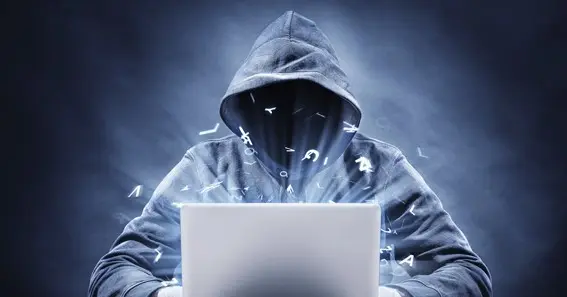Image plagiarism or duplication has the same ugly effects, if not more if you compare it with textual plagiarism. If you want to ensure that your images are not being plagiarized intentionally or unintentionally, we suggest you read this post. In this post, we will tell you all about monitoring your images and keeping them safe from plagiarism.
Image plagiarism – wrongful visual duplication
First of all, know that people are unaware of image plagiarism and its consequences. We are entering 2022 soon, but still, you would see many people who don’t consider image plagiarism a thing. Those of you who don’t know about image plagiarism should know that copying images from another person without their permission and using them for your personal or commercial uses is considered plagiarism, which has legal and ethical consequences.
Also Read : An Overview Of Business Analysis For Dummies
click here – An Overview Of Business Analysis For Dummies
Also Read : Top In-Demand Certifications To Pursue A Career As Business Analyst
All kinds of content published on the web, including images, is protected by copyrights. You must know that the content owner owns image copyrights, even if you don’t need any copyright symbols or notices near the image or text. So the basic thing that you need to understand as a reader is that you cannot copy and use anything published on the web until and unless you have the authority of the content owner.
How can you find out if someone is stealing your images?
Image plagiarism has increased over the last few years. You can see people deliberately and sometimes accidentally copying and using images that don’t belong to them.
You must know that when images are duplicated, the search engine gets confused. It simply can’t rank two contents on the same search results. So if someone is scraping your images deliberately or accidentally, you will face loss on rankings and authority if you don’t report it to the search engine.
Another case is if someone is stealing your profile pictures from your social media account and creating a fake identity on the web based on your image. These cases are getting common, and this is because of many reasons. The most popular one is catfishing. This also has adverse effects for the person whose images are being misused!
Reverse Image Search – Keep yourself updated about your images!
Reverse image search is a popular search technique that involves searching by images instead of textual data or keywords. If you want to keep an eye on your images, you have to get the best photo search utility and search by images online.
click here – Top In-Demand Certifications To Pursue A Career As Business Analyst
Here, you should know that image searching was first introduced by Google and later adopted by dozens of other search engines and websites. But today, if you want to monitor your images and find out image plagiarism, we would not suggest you use Google image search. This is because the Google image search engine tends to save your input images in its database, making your images vulnerable to all traffic coming on the image search extension.
You can use reverse image search websites or third-party tools instead. These tools are more reliable than search engines as they collaborate with more than one of them. This makes their results more dense and accurate.
What do you do when you find out your images are stolen?
Once you make a reverse image search, you would get evidence that would tell you about the wrongful use of your images on other websites or profiles. Once you get this evidence, you should first contact the admin of the profile or website and request them to take down your images or provide links or credits to your source. If they don’t respond to your email, you have to file a DMCA takedown notice and report this duplication to the Google copyright infringement portal and the domain registrar.
If your professional photographs are being stolen and someone is taking credit for all your hard work, then sometimes you might have to hire a copyright attorney and take legal action!
